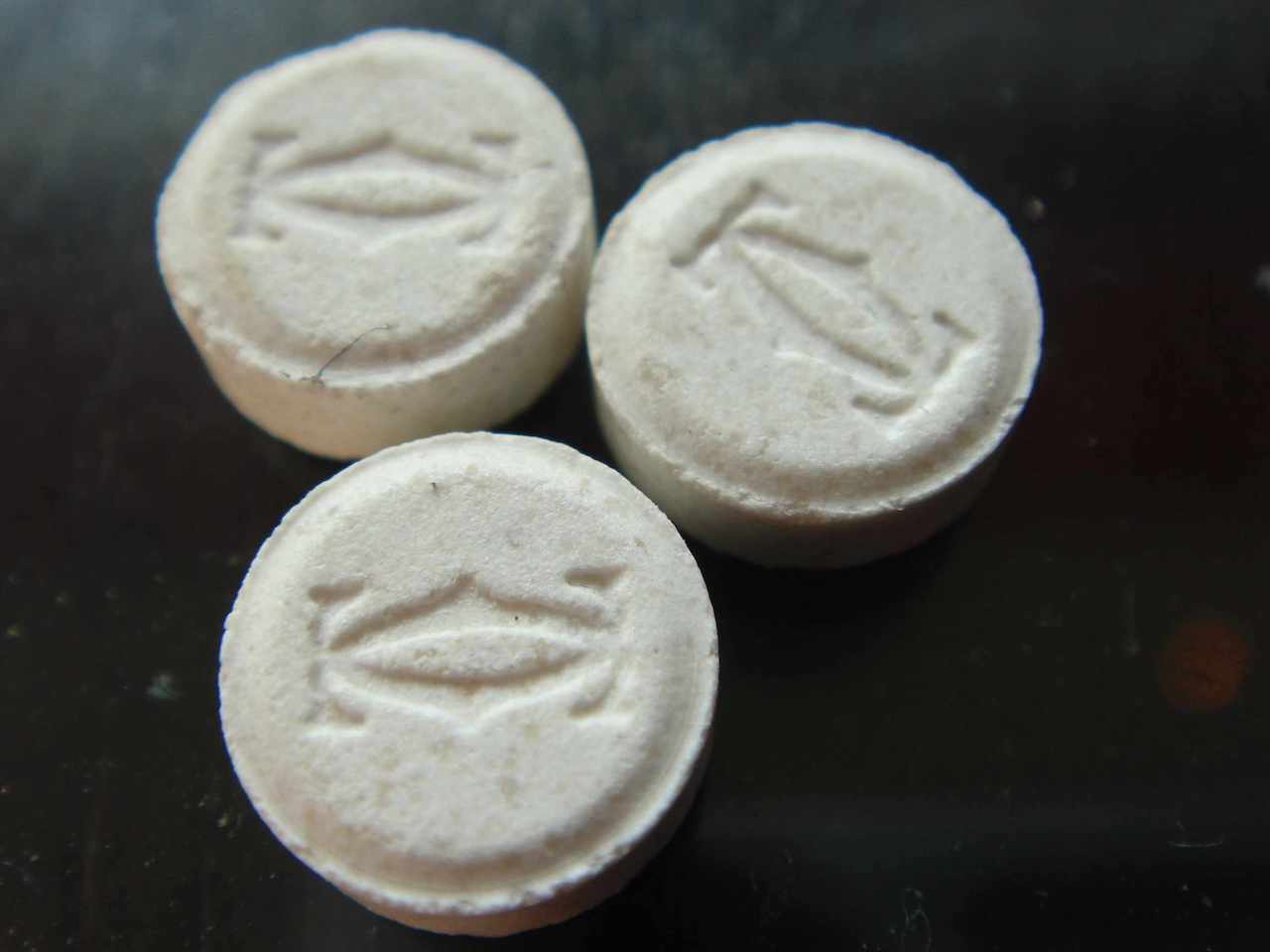Ecstasy, or more formally known as 3,4-methylenedioxymethamphetamine (MDMA), is a drug that has been used recreationally and medicinally since the early twentieth century. In recent years, its popularity has grown exponentially, as it’s become a mainstay on the clubbing and festival circuit. But before it achieved this cultural icon status, MDMA’s history was much more complex. In this blog post, we will explore the history of Ecstasy from its earliest beginnings to its modern day uses. Read on to learn about how Ecstasy evolved from a novel drug used in psychotherapy to one of the most popular recreational substances of our time.
What is Ecstasy?
Ecstasy is a synthetic, psychoactive drug that has similarities to both the stimulant amphetamine and the hallucinogen mescaline. It is known by a variety of names, including MDMA, Molly, and Beans. Ecstasy is often used as a party drug due to its ability to induce feelings of happiness, euphoria, and increased energy. However, ecstasy also has a number of potential negative side effects, including anxiety, paranoia, and delusions. Ecstasy is illegal in most countries and its use carries a significant risk of arrest and prosecution.
The History of Ecstasy
The drug ecstasy has been around for centuries, but its modern incarnation is a relatively new phenomenon. The active ingredient in ecstasy, MDMA, was first synthesized in 1912 by German chemist Anton Köllisch. However, it was not until the 1970s that MDMA started to gain popularity as a party drug.
In the early 1980s, MDMA began to be used as a therapeutic tool by psychiatrists and therapists. It was thought to be helpful in treating everything from anxiety to depression. However, the Drug Enforcement Administration (DEA) classified MDMA as a Schedule I drug in 1985, making it illegal to possess or use.
This didn’t stop people from using MDMA, though. In the 1990s, ecstasy became a popular club drug, particularly among teenagers and young adults. Its use has been associated with rave culture and electronic dance music (EDM).
Despite its illegal status, MDMA continues to be used by people all over the world for its mood-altering effects. While it is often taken for recreational purposes, some people believe that MDMA can also be used therapeuticall
How is Ecstasy Used Today?
In the United States, Ecstasy is most often found at all-night dance parties called raves, nightclubs, and music festivals. It is also sometimes sold at bars, house parties, and on college campuses. However, Ecstasy is not limited to use in the party scene. Some people takeEcstasy in order to have spiritual experiences or feel closer to others.
How Ecstasy Is Used
Ecstasy is usually swallowed as a pill, which comes in different colors and can be imprinted with logos or images. It can also be crushed into powder and snorted through the nose or injected with a needle. Some people take more than one pill at a time (known as “bouncing”), which can increase the risk of harmful side effects.
The effects of Ecstasy usually begin within 30 minutes to an hour after taking a pill and last for 3 to 6 hours. The experience can be different for everyone, but many people report feeling energetic and happy, with a heightened sense of pleasure and decreased inhibitions. Colors may seem brighter and sounds more intense. Some people become confused, anxious, or paranoid while others feel nauseous and have trouble sleeping.
It is important to remember that Ecstasy pills often contain other drugs in addition to MDMA, so it is difficult to know what effects a person will experience when taking them. Mixing Ecstasy with alcohol or other drugs can be extremely dangerous because it increases the risk of dehydration and overheating (which can
The Pros and Cons of Ecstasy Use
Though ecstasy was originally intended to be used as a therapeutic drug, its recreational use has become increasingly popular in recent years. Ecstasy is classified as a Schedule I drug, meaning that it has a high potential for abuse and is not currently accepted for medical use in the United States. Despite its illegal status, many people continue to use ecstasy recreationally for its pleasant effects, which include increased energy, empathy, and feelings of euphoria.
However, there are also several downsides to ecstasy use. The drug can cause dehydration and overheating, especially when used in crowded environments like nightclubs or music festivals. It can also lead to anxiety and paranoia, and it can be difficult to know what exactly is in a pill since the manufacturing process is unregulated. In some cases, pills sold as ecstasy may actually contain other drugs like methamphetamine or ketamine. Overall, ecstasy is a risky drug with potential consequences that should be considered before using it.
Conclusion
The history of ecstasy is one filled with controversy, experimentation, and danger. It has been used throughout the years as a recreational drug by many, but its effects can be very dangerous in large doses or when combined with other substances. However, it also has potential therapeutic applications for treating various mental health conditions such as anxiety and depression due to its ability to increase serotonin levels in the brain. Ultimately, whatever your opinion on ecstasy may be, it is important to recognize the unique role that this drug plays in our society today.
